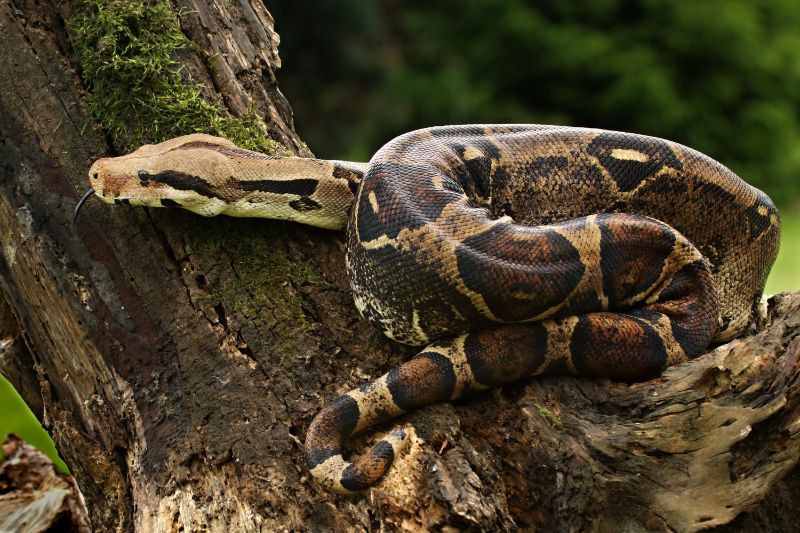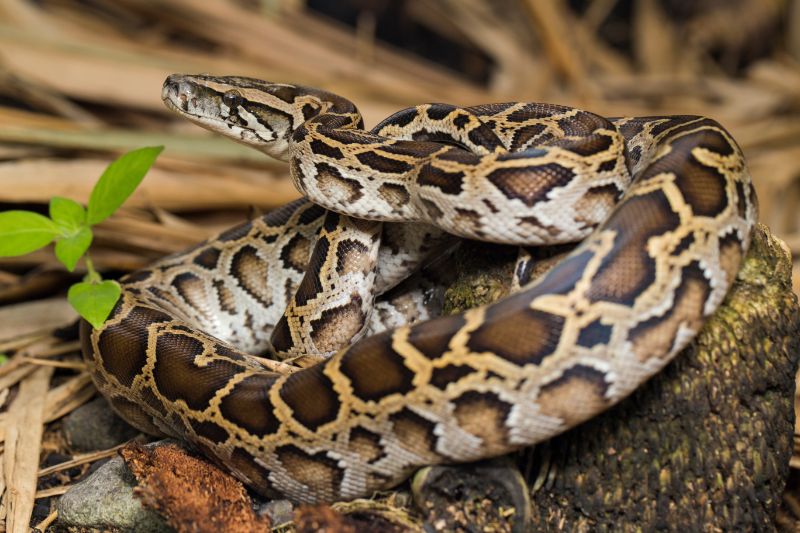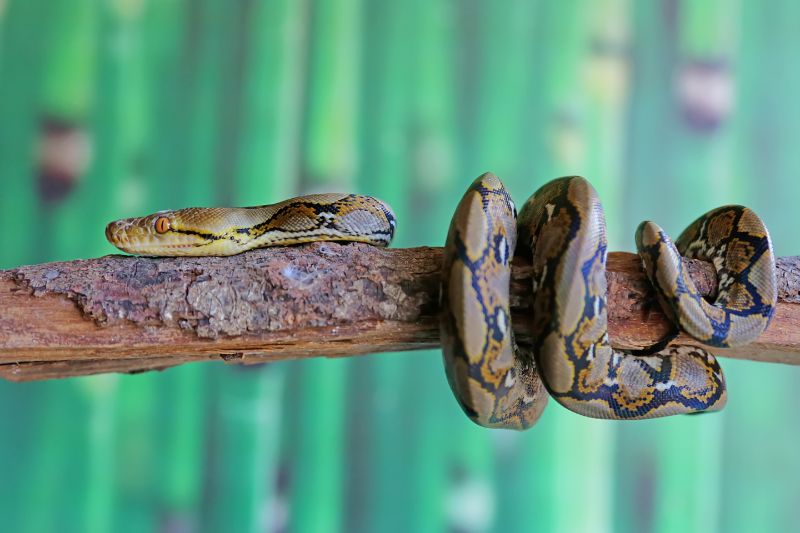10 Fascinating Boa Constrictor Facts That Will Blow Your Mind
Ever paused to ponder on the life of boa constrictors? If not, you’re in for a surprise! Deemed among the most fascinating creatures on Earth, these snakes are renowned for their unique characteristics. Brace yourself as we dive into the intricate world of Boa Constrictor Facts.
Remarkable Aspects of Boa Constrictor Facts

Boa Constrictors, indigenous to Central and South America alongside the Caribbean, have an intriguing array of features. As we delve into these Boa Constrictor Facts, you’re sure to find them captivating!
The Influence of Environment and Diet on Size
One striking attribute is the boa’s size, which is greatly swayed by location and food availability. Remarkably, these exotic reptiles range between a minimal 3-feet to an impressive 14-feet in length!
The Ability to Sense Heat
This species has a unique characteristic of perceiving heat through cells located on their lips. A marvel of nature indeed!
Adaptable Habitat
Astonishingly versatile, these snakes comfortably inhabit various regions – arid semi-desert areas, tropical rainforests and humid rainforests alike.
Defensive Traits
Should they sense a threat, Boa Constrictors can resort to self-defense, even to the point of attacking and biting.
See Related: The Beginner’s Guide to Snake Breeding: Everything You Need to Know
Navigating Through Dangerous Boa Constrictor Facts

The Shredding Period
A potentially dangerous period is shedding time. Juveniles are even more likely to attack because shedding often dulls their vision considerably.
The Diet of Boa Constrictors
Few things are as fascinating as a Boa’s diet. They typically nourish themselves with rodents, large lizards, and birds, but the young feast on smaller animals.
The Patient Predator
Did you know Boa Constrictors are known as “ambush predators”? They patiently lie in wait, seeking the perfect prey and striking when the moment is right.
The Constrictor in Action
Boa Constrictors have an unusually violent feeding habit – they grab their victim swiftly, constrict until it’s lifeless, and then consume it.
The Digestive Process
Boa constrictors have an intricate digestion process – they force their prey down their throats with their teeth while muscles strategically move the food toward their stomach.
The Wonders of Boa Constrictor Reproduction

Adding to the list of awe-inspiring Boa Constrictor Facts, a female Boa can incredibly store sperm for approximately a year post copulation, before deciding to ovulate. The gestation period can last up to 120 days, and she can deliver nearly 35 young ones on average in one litter!
The Boa Constrictor: From Danger to Domesticity
Despite being one of the most dangerous snakes, Boa Constrictors are popular as pets. With appropriate care and handling, they can acclimate to domestic life quite well. However, before bringing one home, it’s crucial to understand all Boa Constrictor facts and requirements for a healthy life in captivity.
Related Resources: